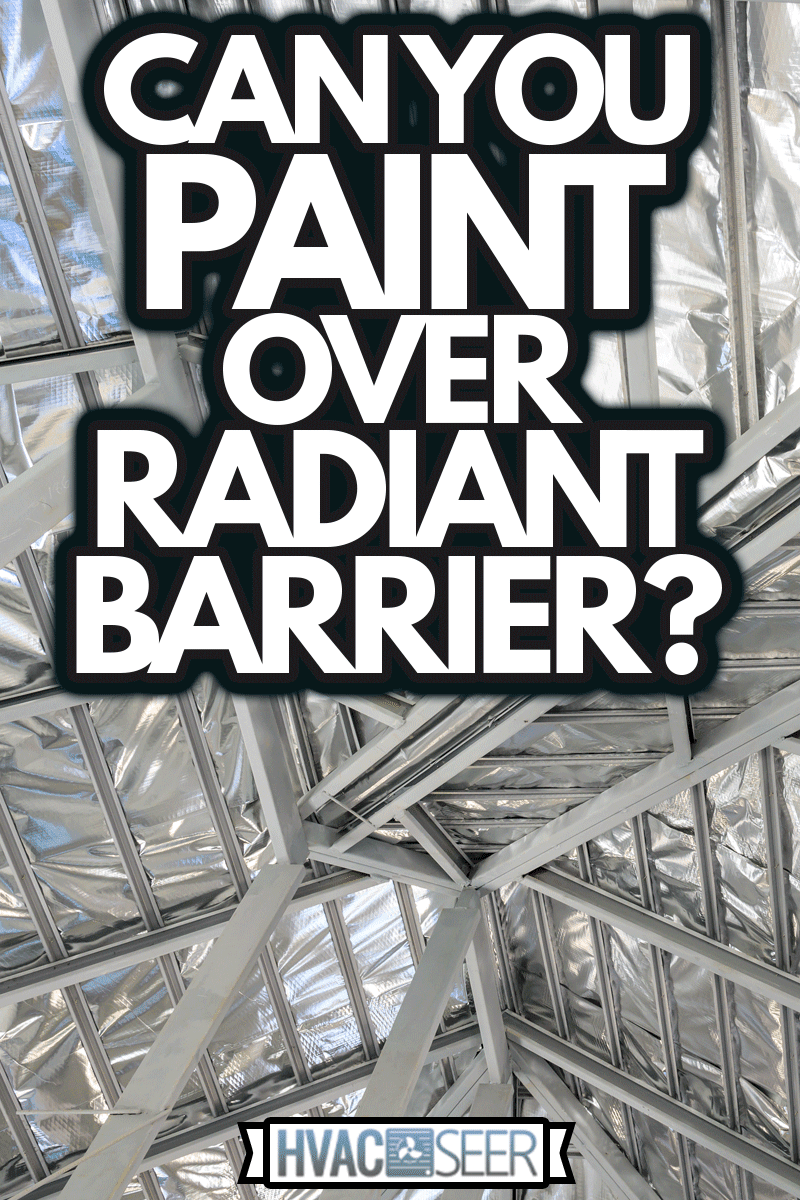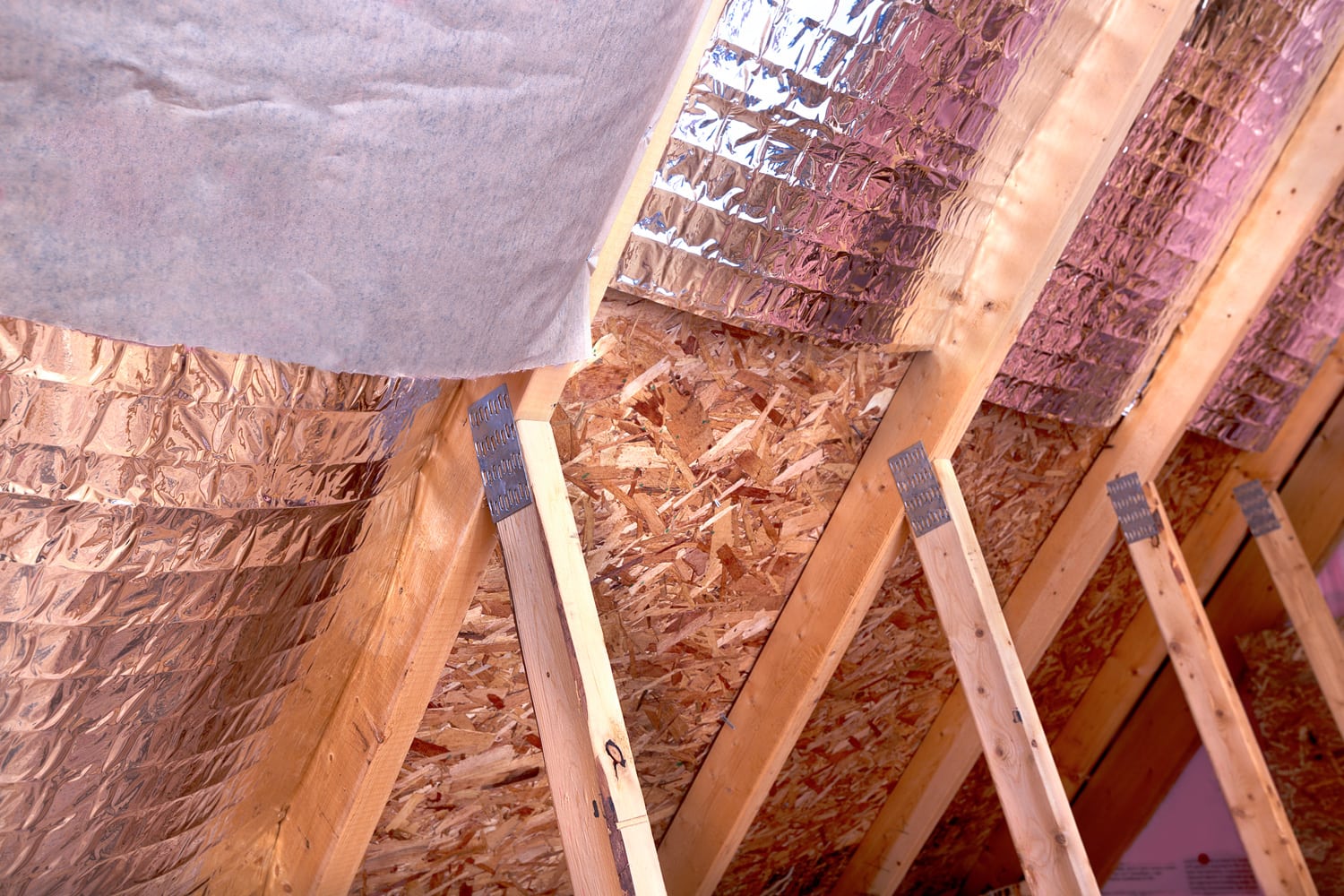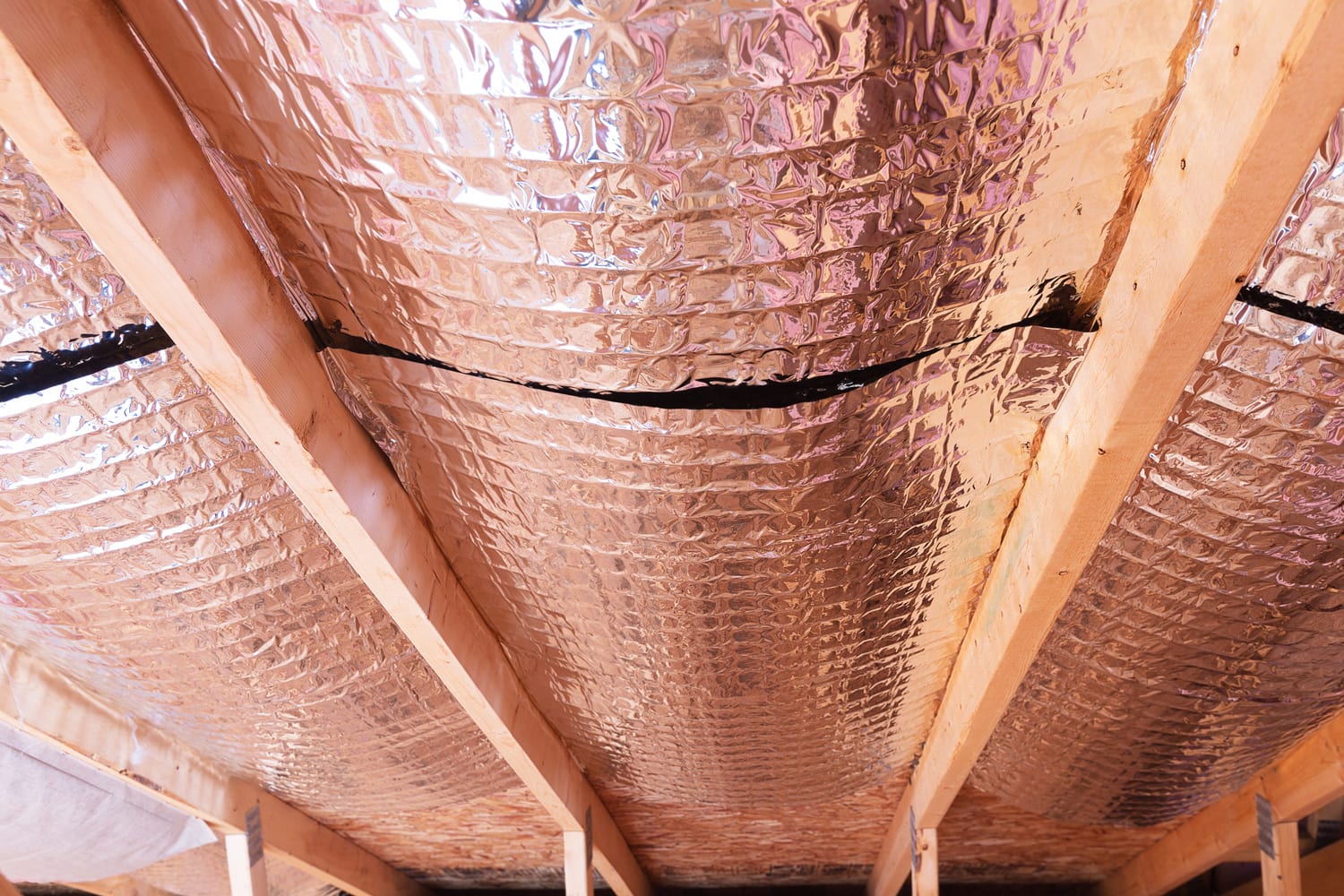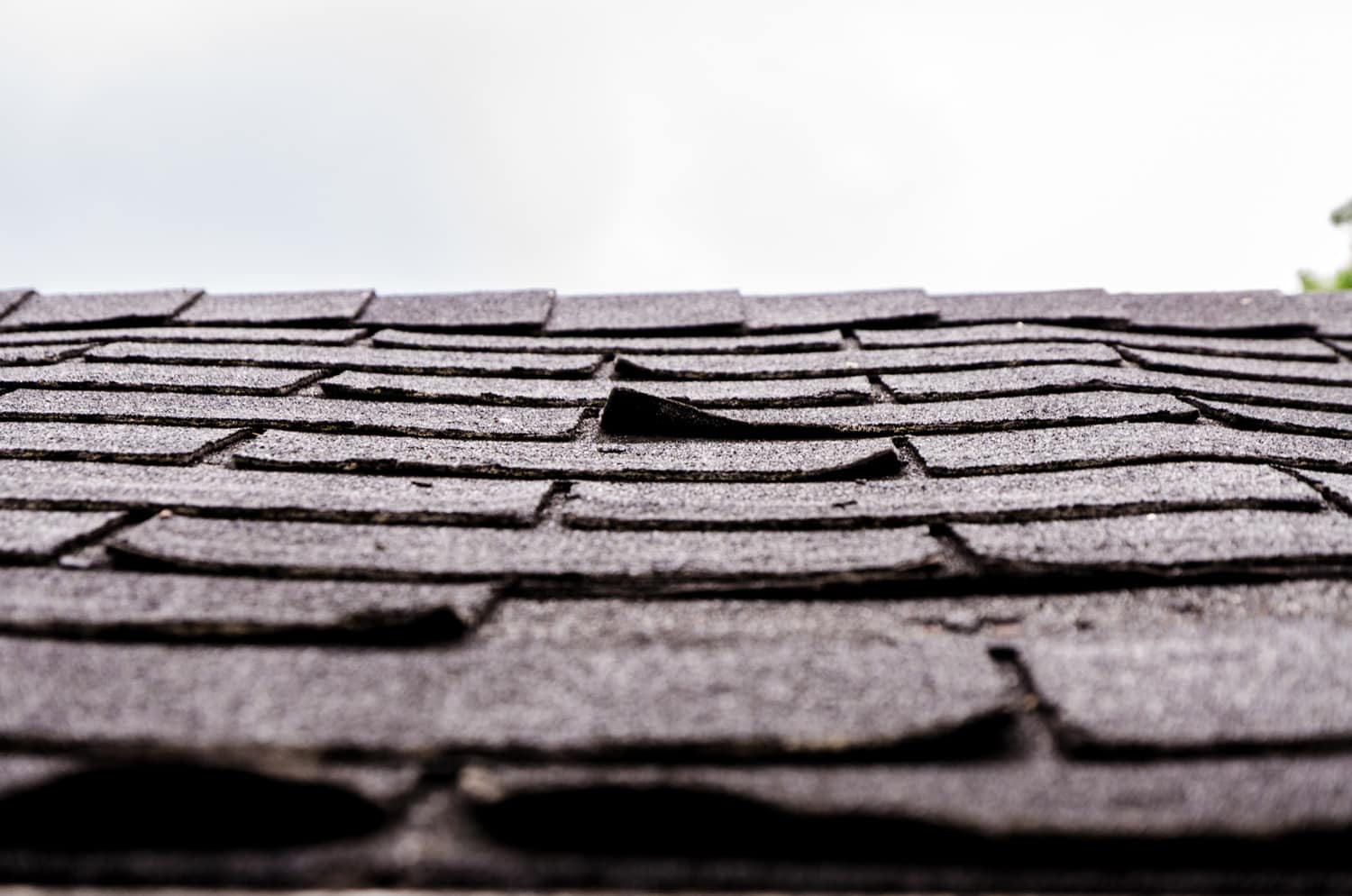Does the plain look of your radiant barrier bother you - so much so that you're thinking of having it painted to match the rest of your ceiling? In this article, we'll answer the question of whether you can paint over a radiant barrier. We've consulted the experts and here's what they say.
You shouldn't paint your radiant barrier because it will lose its inherent superior reflectivity. This characteristic is the main reason that it's able to block off up to 97% of the sun's heat from entering your homes. Painting it, even with Interior Radiation Control Coatings, will reduce its effectiveness in preventing heat gain.
Keep on reading so we can explain further why painting your radiant barrier is a bad idea. We'll also answer which way radiant barriers should face upon installation, if they can damage your roof shingles, if they can block cellphone signals, and whether they would still work in winter. Let's get started!

Can a radiant barrier be painted on?

Some homeowners might have the idea to have radiant barriers painted so that they'll match the color of their attic. However, experts discourage you from doing this and we'll tell you why.
Radiant barriers work by reflecting radiant heat back to its source. They don't absorb the heat. They prevent it all together from getting inside our homes. And for them to do that, they have to have a highly reflective surface.
Painting their surface, even with a metallic or silver coating, will reduce their effectiveness. These coats are referred to as Interior Radiation Control Coatings or IRCC. The best performing IRCC can only reflect up to 75% of the heat, allowing 25% to enter our homes.
This would mean more heat gain. The warmer the house gets, the more your cooling system has to work to get the temperature to your desired level. This translates to more energy consumption and increases in electricity bills. This is why it's not recommended to paint radiant barriers. They are already very effective the way they are.
And while we're at it, it would also help a lot if you keep the surface of your radiant barriers clean and free of dust. Unwanted particles will only block the reflective surface and reduce their ability to prevent heat from gaining access to your homes.
What are radiant barriers made of?

Radiant barriers are used to block the heat coming from the sun. They are usually installed on the attic or underside of the roof because this is the part of the house that primarily covers it from the sun's rays.
The exterior of these sheets is made of a highly reflective material usually in the form of aluminum foil. Other layers beneath it can be made of plastic film, cardboard, kraft paper, or fiber-reinforced materials to help make it more durable and flexible. The reflectivity of its skin is very crucial in its effectiveness in blocking off radiant heat, which is the heat coming from the sun.
As it is, radiant barriers have a reflectivity of 90% to 97%. This means that they are able to prevent most of the heat from entering our homes through our roofs. Only 3% to 10% of the heat can pass through and add to the heat gain in the interior.
As such, the cooling system doesn't have to work very hard to keep the temperature inside the house at a comfortable level for its dwellers. Consequently, the energy consumption is lower and you'll see the reduced costs on your electricity bill.
Which way should radiant barrier face?
Radiant barrier, as the name implies, blocks radiant heat. This kind of heat is from the sun and the part of the house that is most exposed to the sun's heat is our roof. That is why radiant barriers are installed right at the underside of the roof so that they can block off this radiant heat.
When it comes to installation, there is a proper way of putting this barrier in place to optimize its usefulness. Experts say that the foil-side of the radiant barriers should be facing down or towards the interior side of the room. They should be positioned beneath the roof sheathing with at least three-quarters of an inch of air space in between.
Do radiant barriers damage shingles?

Does radiant barrier block cellphone signal?

One of the most common concerns regarding the use of radiant barriers is that it can interfere with the signal reception of cellular phones. Of course, this becomes a problem if ever it's true because no one will be able to reach you through your cellphone when you're at home.
This is rooted in the fact that metals block off radio wave signals. These signals are used in communication technology so that you can make and receive calls and messages wherever you are. But if there's something blocking these signals, then other people won't be able to contact you and vice versa.
According to experts, radiant barriers don't have a significant effect on your home's signal reception. Even though they are made of metal sheets, the foils aren't thick enough to really block off the radio wave signals.
These heat barriers are only about 3 to 5 mils thick which is the unit of measurement used to indicate a thousandth of an inch.
Also, radiant barriers are installed on your roof which makes up about 20% to 35% of your home's surface area. This means that even if the metal sheets would ever be thick enough, radio wave signals will still be able to pass through the walls and other portions of your house that aren't made of metal.
Besides, your cellphone most likely comes with a strengthened antenna that can overcome blockage of signal reception so it's very unlikely that your communication device will be affected by radiant barrier installation.
Do radiant barriers work in the winter?

Radiant barriers are primarily used to block off radiant heat coming from the sun and prevent it from entering the house and increasing the temperature inside. As such, these heat barriers are usually recommended during summer when the sun's heat can become intolerable.
But it doesn't mean that radiant barriers are only useful during hot weather. Homeowners can still benefit from its ability to reflect heat back to its source. As the heat rises and is about to flow out of the house, the reflective surface of the radiant barrier will bounce off the heat back into the interior side of the house.
Together with your roof insulation, minimal heat is allowed to escape. This means your heating system at home won't have to work extra hard to keep you warm and toasty inside.
Final Thoughts
It's simple: do not paint your radiant barriers so that you can optimize their effectivity in reflecting heat. Paint will only reduce their reflectivity and therefore, their ability to block much of the heat coming from the sun.
If you want to read about foil insulation, you may visit the following links:
Can You Paint Foil Insulation [And How To]
What Is The Best Attic Insulation For Texas?
